Time Periods
Paleolithic
Mesolithic
Neolithic
Chalcolithic
Bronze Age
Iron Age
Classical Period
Post-Classical Period
Early Modern Period
Industrial Period
Contemporary Period
Time Periods
Paleolithic
Mesolithic
Neolithic
Chalcolithic
Bronze Age
Iron Age
Classical Period
Post-Classical Period
Early Modern Period
Industrial Period
Contemporary Period
Location
About
Yapahuwa, located in the North Western Province of Sri Lanka, was a fortified rock citadel and an ephemeral capital during the late 13th century. Constructed by King Bhuvenakabahu I in 1273 CE, it served as a strategic military stronghold and royal residence against South Indian invasions. The site is characterized by a massive granite rock rising 90 meters above the plains, featuring remnants of a palace, fortifications with moats and ramparts, and significant religious structures including a stupa and a temple for the Sacred Tooth Relic. The presence of Brahmi inscriptions and rock shelters indicate its earlier use as a Buddhist monastery. The citadel was abandoned following the Pandyan invasion and the capture of the Sacred Tooth Relic in 1284 CE. Yapahuwa's historical and architectural significance lies in its role as a brief political center and its unique fortress design echoing the iconic Sigiriya.
Gallery
Explore photographs of ancient structures, artifacts, and archaeological excavations at Yapahuwa
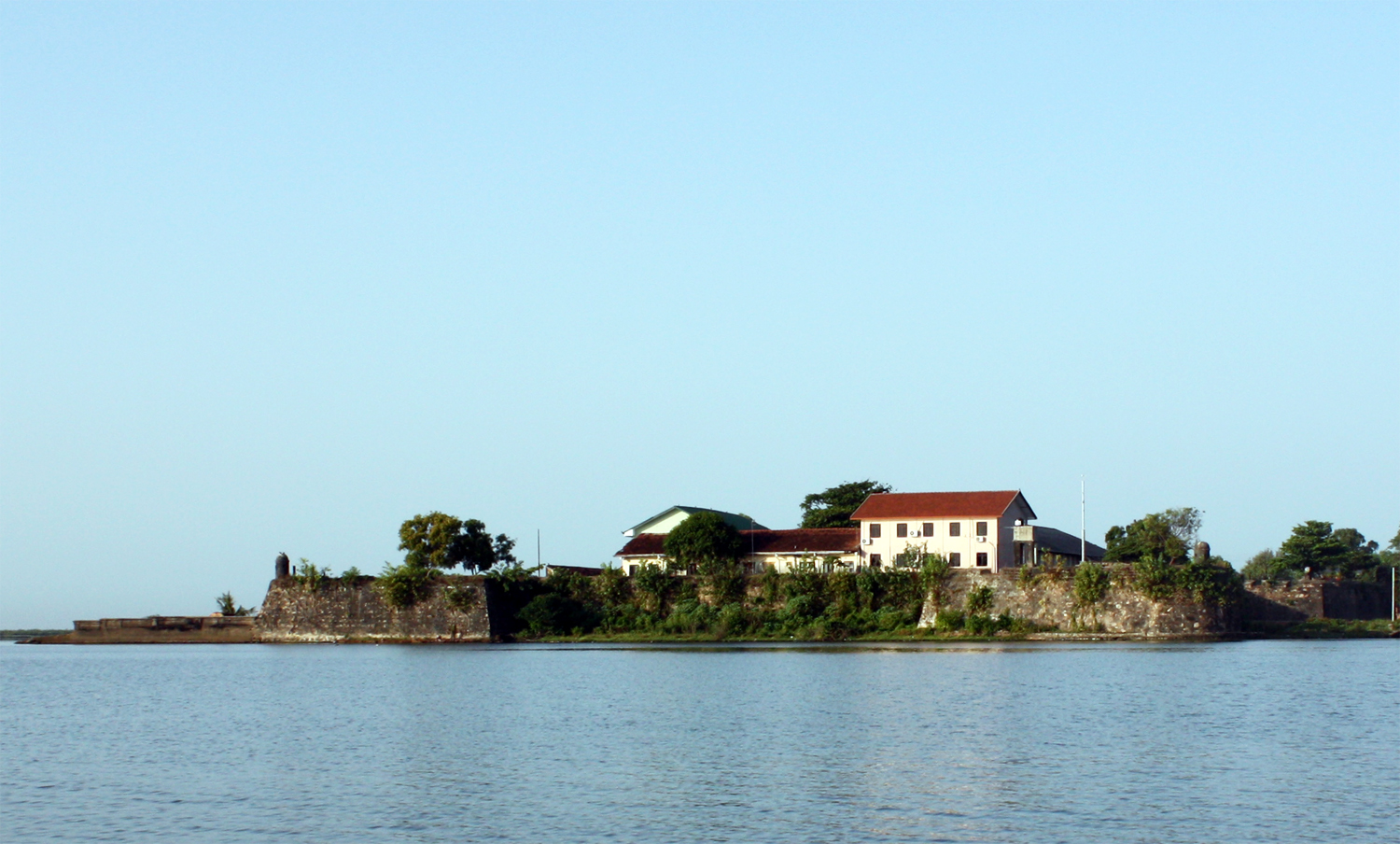
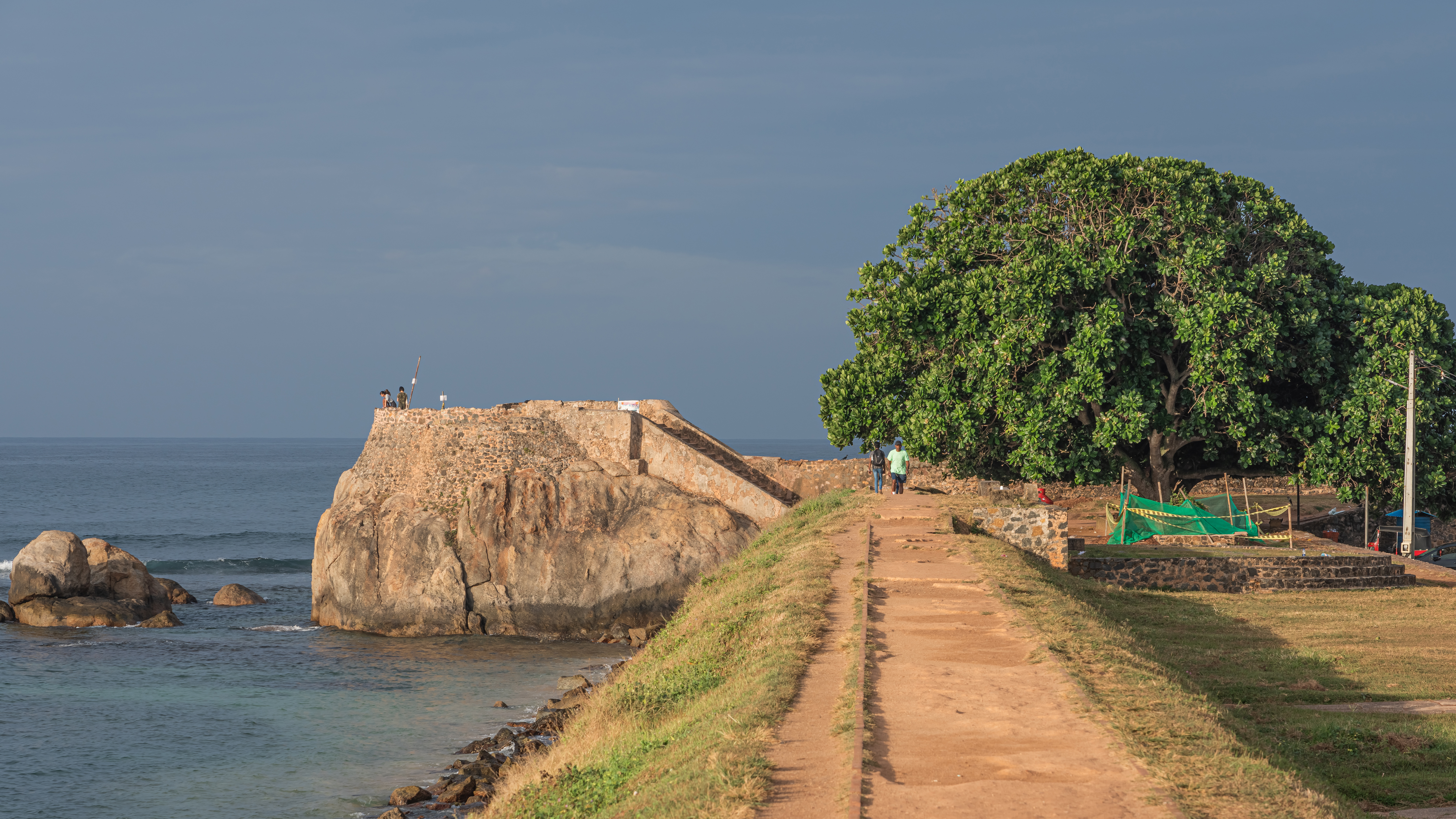
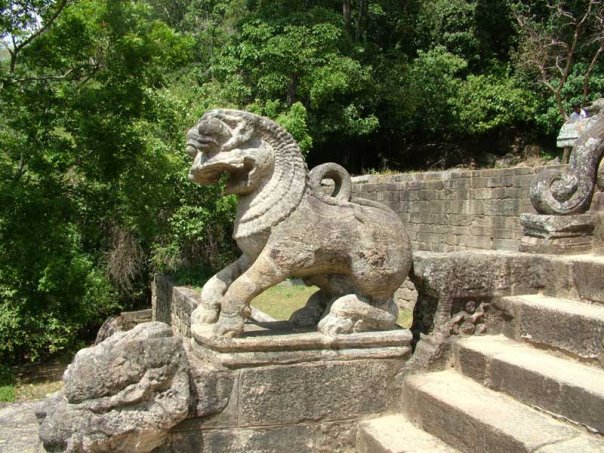
Archaeological Features
Explore the unique architectural and cultural elements found at this historical site
Defensive Structures
Religious and Ritual Structures
Domestic and Habitation Structures
Environmental and Natural Features
Historical Timeline
Journey through time and discover key events in this site's archaeological history
Plan Your Visit
Details
- Country
- Sri Lanka
- Source
- Wikipedia
More Sites in Sri Lanka
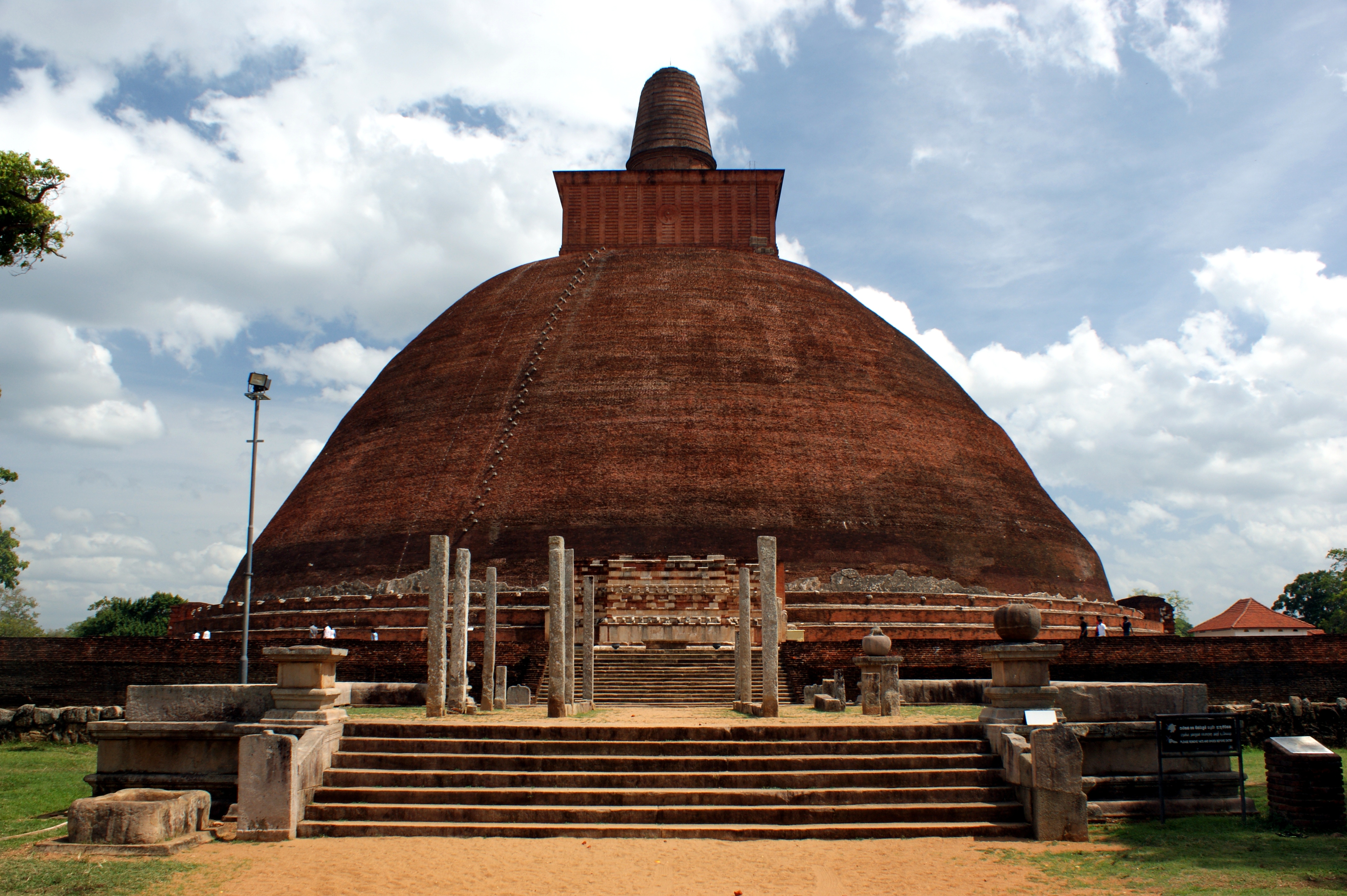
Mirisawetiya Vihara
Ancient stupa with multiple restorations
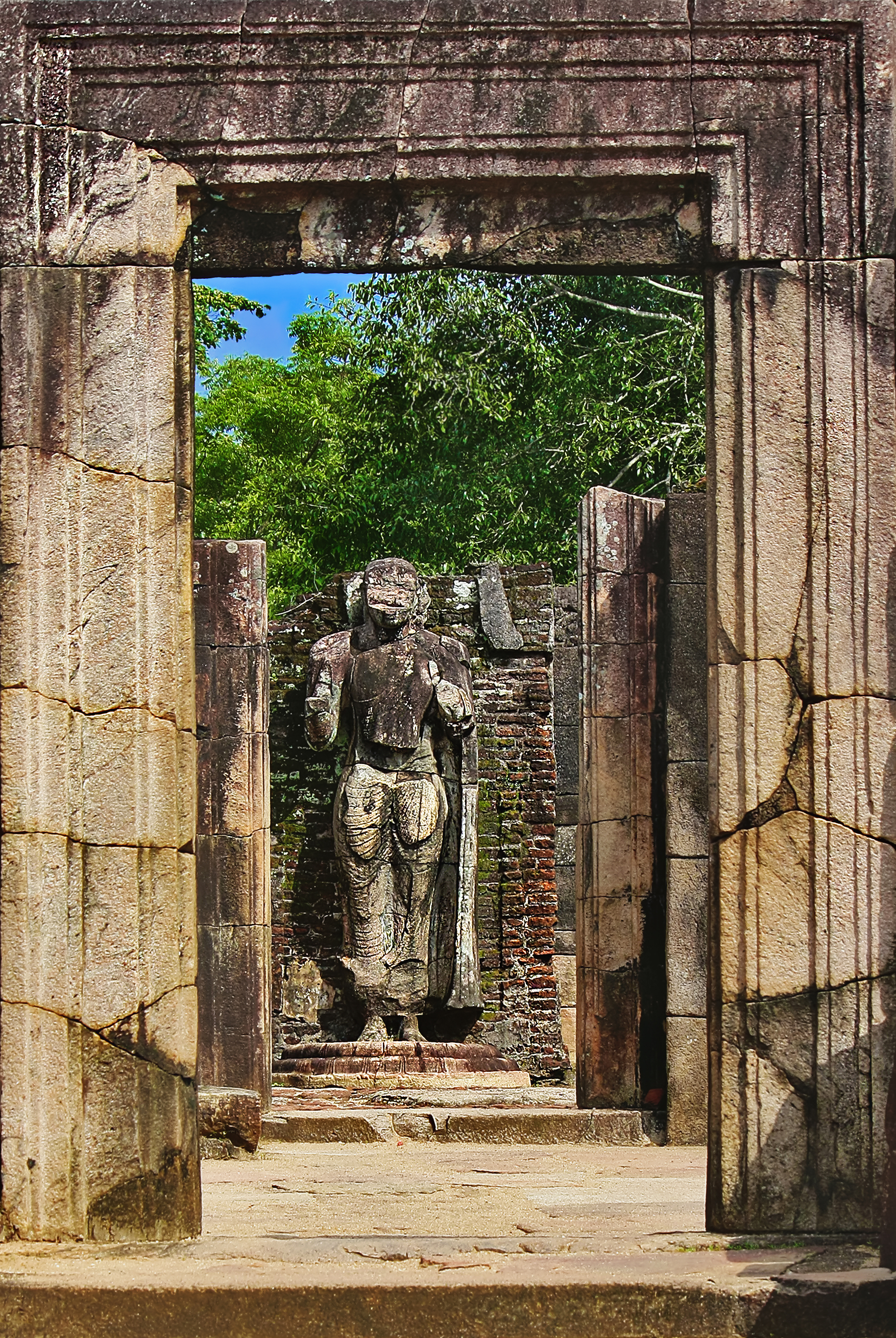
Hatadage
Ancient two-storey Buddhist relic shrine.
Ananda Sastralaya, Kotte
Underground Buddhist worship residence discovery
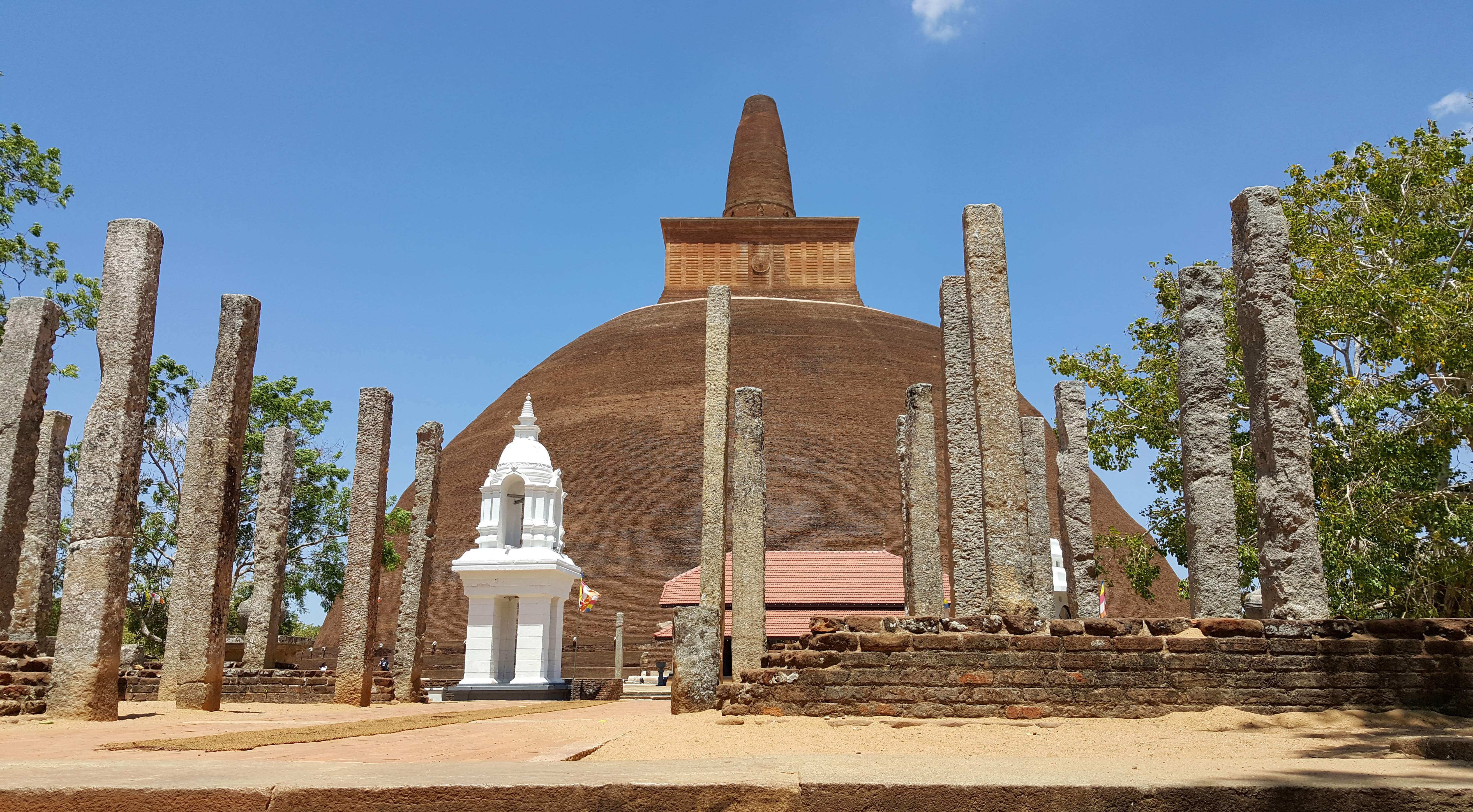
Anuradhapura
Ancient Sinhalese city with Buddhist temples.
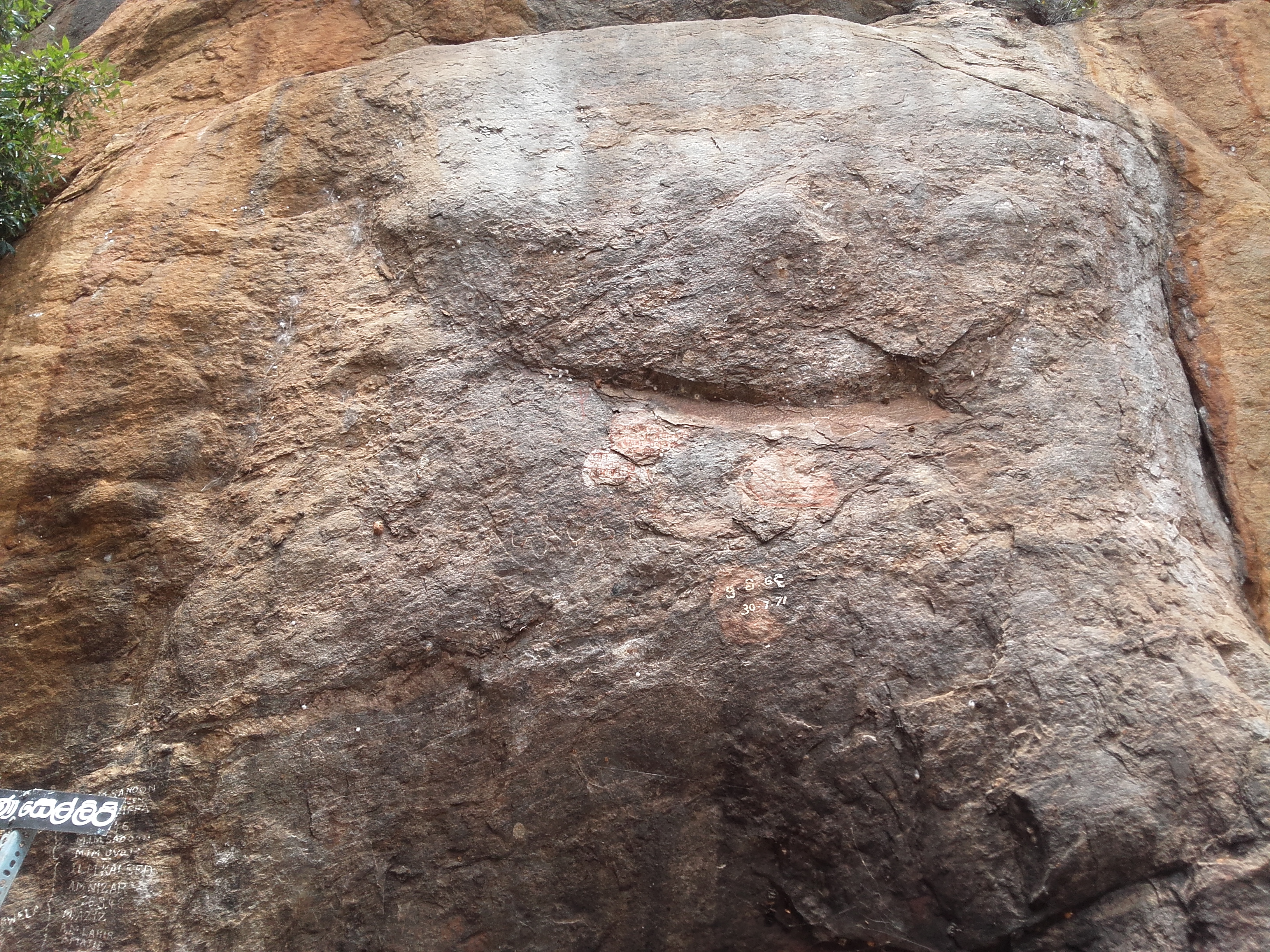
Kuragala
Prehistoric site with Buddhist and Muslim structures
Sampur Stupa
Ruined stupa of early Anuradhapura period.